Prosthetic technology is advancing at an extraordinary pace, bringing new hope and possibilities for individuals with upper-limb loss. The year 2024 marks another leap forward, with cutting-edge solutions that blend innovation, functionality, and comfort. From smarter sensors to prosthetics that offer lifelike movements and even sensory feedback, the latest advancements are transforming the lives of users.
At Robobionics, we’re dedicated to staying at the forefront of these developments, ensuring that individuals regain not only mobility but also confidence and independence. This article explores the newest trends in advanced prosthetics for upper-limb amputees in 2024, shedding light on groundbreaking designs, technologies, and real-world applications.
The Evolution of Upper-Limb Prosthetics in 2024
Upper-limb prosthetics have come a long way from simple mechanical devices to highly sophisticated tools that mimic natural hand movements. The latest advancements in 2024 focus on improving functionality, comfort, and accessibility, making these devices more intuitive and user-friendly.
Smarter Sensors and Intuitive Control
One of the most exciting developments in upper-limb prosthetics is the integration of smarter sensors that enhance control and responsiveness.
Myoelectric sensors, which detect electrical signals from the user’s muscles, have become more precise and reliable. These sensors now work in tandem with advanced algorithms that interpret neural signals, enabling prosthetics to respond almost instantaneously to user intent.
For example, a user thinking about picking up a fragile object can control their prosthetic hand to gently grasp and hold it, thanks to sensors that detect the exact force needed. This level of precision was once considered science fiction but is now a reality, providing amputees with greater confidence and autonomy.
At Robobionics, we’ve seen how these intuitive controls change lives. Users report not only functional benefits but also emotional breakthroughs as they reconnect with activities they once thought impossible.
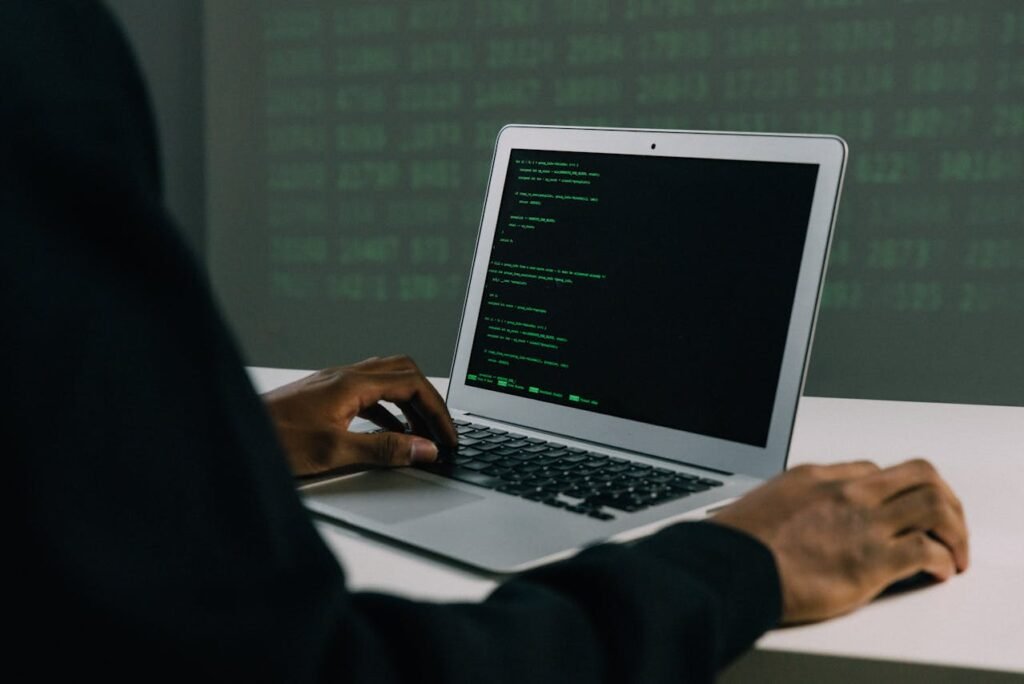
Sensory Feedback: Feeling Through Prosthetics
One of the key challenges with traditional prosthetics has been the lack of sensory feedback. In 2024, significant strides have been made to address this gap. Advanced prosthetics are now equipped with haptic systems that allow users to feel pressure, texture, and even temperature through their devices.
These sensory feedback systems work by sending signals from the prosthetic to the user’s nervous system, creating a bi-directional flow of information. For example, if a user touches a rough surface or holds a warm cup, the prosthetic translates this sensation into neural signals the brain can interpret.
This breakthrough not only improves functionality but also enhances the emotional connection between the user and their prosthetic, making it feel more like a natural extension of the body.
Enhanced Materials for Durability and Comfort
The materials used in upper-limb prosthetics have seen remarkable advancements in 2024, focusing on lightweight yet durable options that prioritize user comfort.
Traditional prosthetics, while functional, often caused discomfort during extended use due to their weight and rigidity. Today’s designs incorporate advanced composites, such as carbon fiber and high-performance polymers, which are not only strong but also significantly lighter.
Advancing Lightweight Composites for Usability
One of the most notable trends in prosthetic materials is the increased use of lightweight composites, such as carbon fiber and advanced polymers.
These materials provide exceptional strength while significantly reducing the weight of prosthetics. For users, this translates to less fatigue and greater ease of movement, particularly during prolonged use or physically demanding activities.
The adoption of lightweight materials also enables manufacturers to design more compact and ergonomic prosthetics without sacrificing performance.
By reducing bulk, these materials enhance mobility and make the devices more practical for everyday use. Businesses can capitalize on this trend by offering models specifically tailored to active users, such as athletes or individuals in physically demanding professions.
Adapting to User Needs with Flexible Materials
Comfort is as important as functionality when it comes to prosthetics, and 2024 has brought significant advancements in flexible materials that conform to the user’s anatomy.
Silicone liners, for instance, are now engineered to provide a snug yet breathable fit, reducing the risk of skin irritation and improving overall wearability.
These flexible materials are especially beneficial for users with sensitive skin or irregular residual limb shapes, offering a custom fit that enhances comfort and minimizes pressure points.
For businesses, investing in research to develop hypoallergenic and temperature-regulating materials can create a competitive edge, catering to users with specific medical or lifestyle needs.
Combining Strength and Sustainability
Durability remains a top priority in prosthetic design, but in 2024, sustainability is becoming equally important. Users are increasingly seeking eco-conscious solutions that minimize environmental impact without compromising quality.
To meet this demand, manufacturers are exploring bio-based and recycled materials that offer both strength and sustainability.
For example, recycled carbon fiber is being used to create prosthetic components that are as durable as their traditional counterparts but with a smaller carbon footprint. ‘
Similarly, bio-based resins derived from renewable sources are being incorporated into socket designs, aligning with global sustainability goals.
The Role of Connectivity: Smart Prosthetics in 2024
Another significant trend shaping advanced prosthetics in 2024 is the integration of smart technologies that connect prosthetic devices to broader ecosystems. Smart prosthetics can now sync with smartphones, tablets, or cloud-based platforms, enabling users to monitor, customize, and even troubleshoot their devices with ease.
Real-Time Adjustments
Smart prosthetics allow users to fine-tune their settings in real time through mobile apps. For example, users can adjust grip strength, switch between different movement modes, or monitor battery levels directly from their phones. These features offer unparalleled convenience, ensuring that the prosthetic adapts to the user’s immediate needs.
For professionals, such as chefs or artists, this level of customization can mean the difference between functional use and truly excelling in their craft. The ability to store and access preset configurations for specific tasks is another benefit, simplifying the transition between various activities.
At Robobionics, we’re exploring smart solutions that empower users to take full control of their prosthetic experience. Our focus is on making these tools intuitive and accessible, even for individuals new to advanced technology.
Data-Driven Insights for Maintenance
Connectivity also enhances the durability and longevity of prosthetics. Smart devices collect performance data, which can help identify issues before they become significant problems. For instance, sensors within the prosthetic can monitor wear and tear on mechanical components, alerting users when maintenance is required.
This proactive approach reduces the likelihood of unexpected failures, ensuring that users have a reliable and consistent experience. Additionally, data-driven insights enable manufacturers to refine their designs based on real-world usage patterns, leading to continuous improvement in future models.
Businesses developing upper-limb prosthetics can benefit from investing in data analytics capabilities, creating a feedback loop that improves user satisfaction and product development simultaneously.
Expanding Accessibility Through Cost-Effective Solutions
While advanced prosthetics have made incredible strides in technology, affordability remains a challenge for many users. Recognizing this, 2024 has seen a shift toward creating cost-effective solutions that bring these devices within reach of a broader audience.
Modular Designs for Affordability
One innovative approach is modular prosthetic systems, which allow users to customize their devices incrementally. Instead of purchasing a fully integrated high-tech prosthetic, users can start with a basic model and add advanced features, such as sensory feedback or AI learning, as their budget and needs evolve.
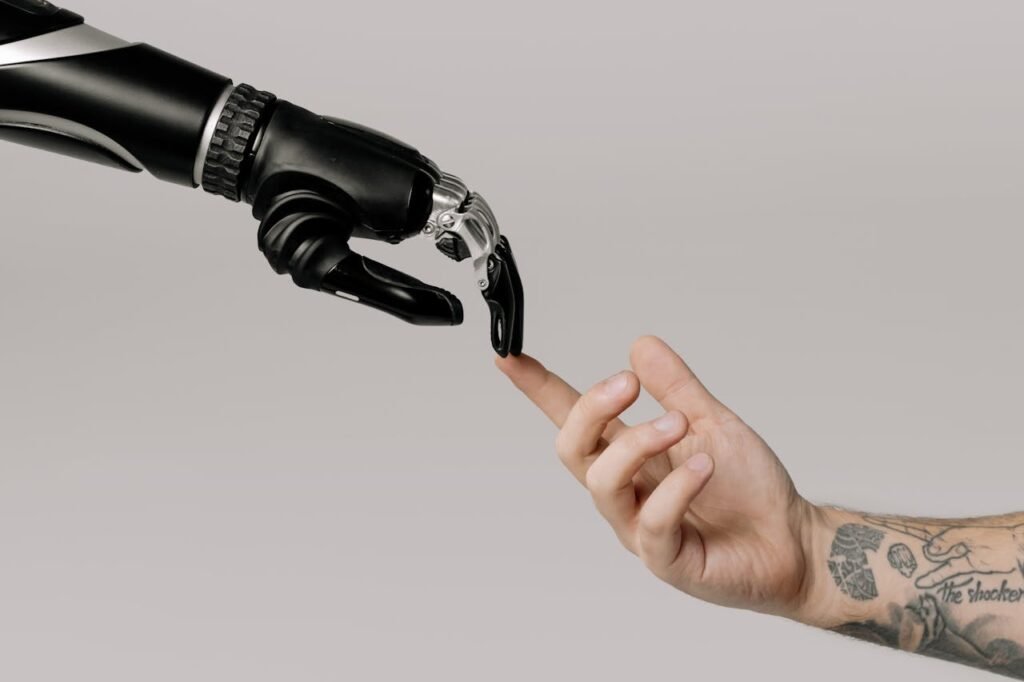
This approach not only reduces initial costs but also empowers users to invest in upgrades at their own pace. Businesses that adopt modular designs can expand their market by catering to a diverse range of users while fostering brand loyalty through scalable solutions.
Future-Ready Innovations: What’s Next for Upper-Limb Prosthetics?
The advancements in upper-limb prosthetics in 2024 set the stage for even greater breakthroughs in the years to come. As technology continues to evolve, the focus is shifting toward creating prosthetics that are seamlessly integrated with the human body, offering unparalleled functionality and ease of use.
Neural Integration for Effortless Control
One of the most anticipated developments in prosthetics is neural integration, where prosthetic devices connect directly to the nervous system.
This technology enables users to control their prosthetics with their thoughts, bypassing the need for external sensors or muscle-driven mechanisms.
In 2024, significant progress has been made in refining neural interfaces to enhance precision and reduce the risk of complications. For example, non-invasive systems using advanced electroencephalography (EEG) are becoming more effective, eliminating the need for surgical implants. These systems interpret brain signals with remarkable accuracy, allowing for fluid, natural movements.
At Robobionics, we’re closely monitoring these advancements and exploring ways to incorporate neural integration into future designs. Our vision is to create prosthetics that respond as intuitively as a natural limb, empowering users with unmatched control and responsiveness.
Long-Lasting Energy Solutions
Battery life remains a critical factor for prosthetic users, particularly those who rely on advanced features like sensory feedback and AI-driven control. In 2024, researchers are developing energy solutions that offer longer-lasting performance without compromising functionality.
Innovations such as self-charging systems, which harness kinetic energy from the user’s movements, are gaining traction. These technologies not only reduce the need for frequent charging but also align with sustainability goals by minimizing reliance on external power sources.
Businesses focusing on energy-efficient designs can enhance user convenience while addressing growing consumer demand for environmentally friendly solutions.
Augmented Reality for Training and Maintenance
Augmented reality (AR) is revolutionizing how users interact with their prosthetics, providing immersive tools for training, customization, and maintenance. AR applications guide users through exercises that improve their proficiency with their devices, offering visual feedback and progress tracking.
For maintenance, AR can overlay diagnostic information directly onto the prosthetic, helping users identify issues and perform minor adjustments independently. This reduces downtime and reliance on professional technicians, making prosthetics more accessible and user-friendly.
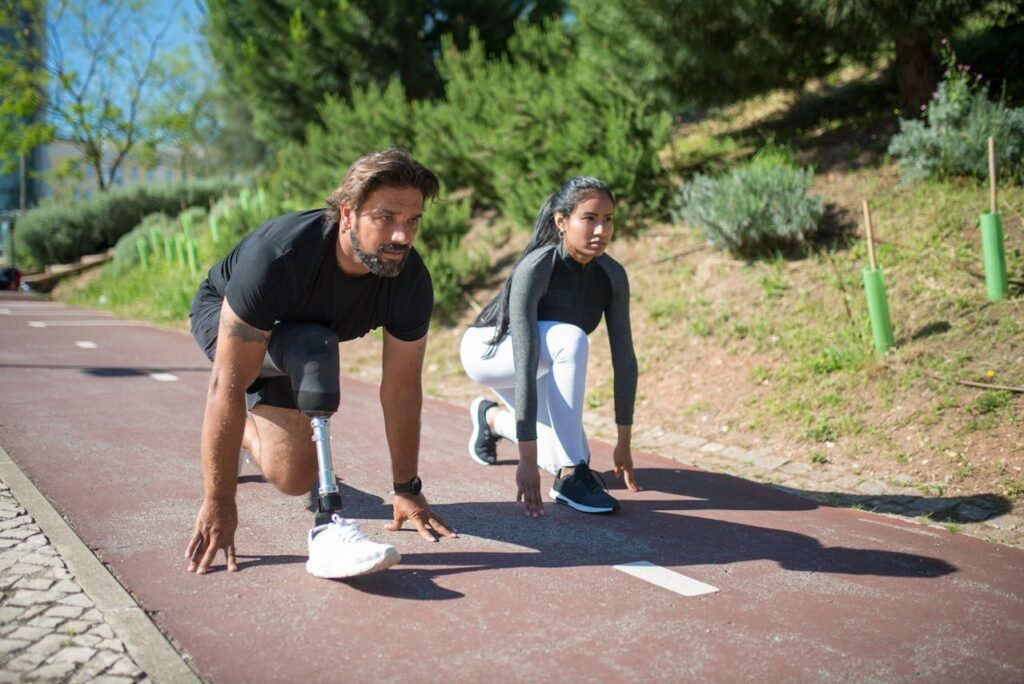
At Robobionics, we see AR as a powerful tool for bridging the gap between technology and everyday usability. By integrating AR features into our support systems, we aim to make prosthetics easier to use and maintain for all our clients.
The Role of Collaboration in Driving Prosthetic Innovation
The remarkable advancements in upper-limb prosthetics seen in 2024 are not the result of isolated efforts but a testament to the power of collaboration across industries. From researchers and engineers to healthcare providers and end users, a collective approach is essential to accelerating innovation and overcoming challenges in the field.
Partnerships with Academic Institutions
Academic institutions have long been at the forefront of groundbreaking research in biomechanics, material science, and neural engineering. Collaborating with universities and research centers allows prosthetic manufacturers to access cutting-edge developments and incorporate them into practical designs.
For example, partnerships can lead to the refinement of neural interfaces or the discovery of lightweight, sustainable materials that enhance prosthetic comfort and durability. By investing in joint projects and sponsoring academic research, businesses can stay ahead of industry trends while fostering innovation.
At Robobionics, we actively seek collaborations with leading academic institutions to push the boundaries of what prosthetics can achieve. These partnerships allow us to stay at the forefront of advancements while ensuring our solutions are backed by rigorous scientific research.
Engaging with End Users
One of the most critical aspects of innovation in prosthetics is understanding the real-world needs of users. Engaging with individuals who rely on prosthetics daily provides invaluable insights into the challenges they face and the features they value most.
User feedback plays a pivotal role in shaping new designs, from refining control mechanisms to improving the aesthetics and comfort of devices. Regular focus groups, surveys, and one-on-one consultations help businesses identify areas for improvement and ensure their products align with user expectations.
By incorporating user-driven innovation into our design process, Robobionics ensures that every solution we offer addresses genuine needs, empowering individuals to live fuller, more independent lives.
Leveraging Cross-Industry Expertise
The integration of advanced technologies like AI, AR, and smart connectivity in prosthetics highlights the importance of cross-industry collaboration.
By partnering with technology companies, prosthetic manufacturers can harness expertise in software development, robotics, and machine learning to enhance their products.
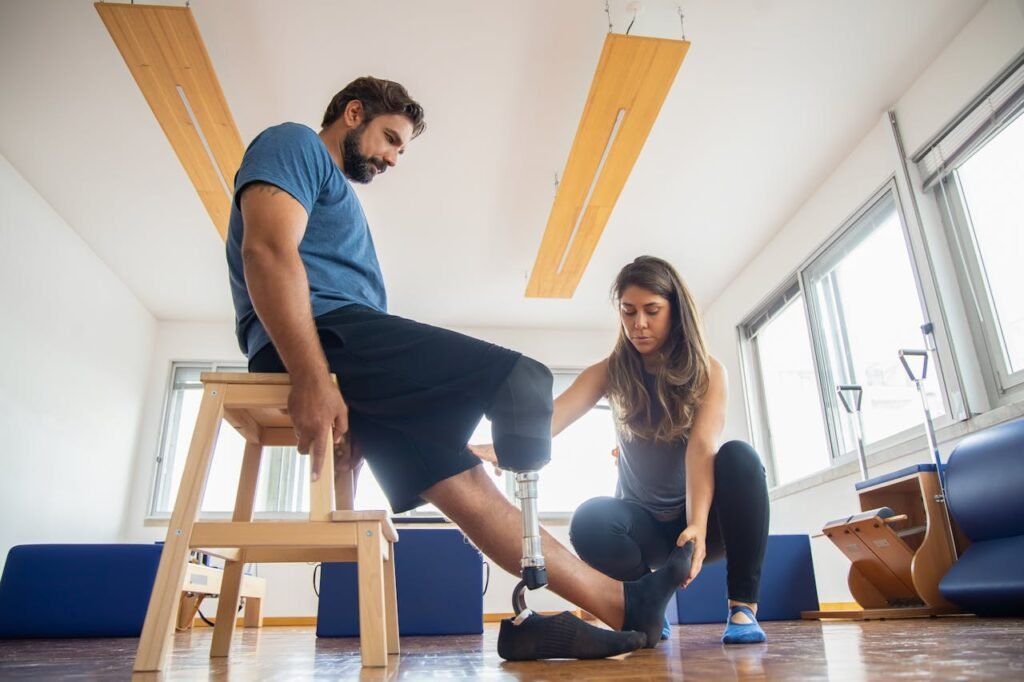
For instance, working with AI developers can result in smarter prosthetics that adapt to user behavior, while collaborations with AR specialists can create immersive training tools.
These partnerships allow businesses to deliver solutions that are not only innovative but also practical and user-friendly.
At Robobionics, our cross-industry partnerships have enabled us to introduce state-of-the-art features that set new benchmarks in prosthetic design. These collaborations reflect our commitment to staying at the cutting edge of technology while prioritizing user experience.
Empowering Lives with Holistic Prosthetic Solutions
The journey toward advanced upper-limb prosthetics is about more than technology—it’s about empowering individuals to reclaim their independence, pursue their passions, and live with confidence.
While the innovations of 2024 have pushed the boundaries of what’s possible, the next step is ensuring these advancements translate into meaningful impact for users around the world.
Supporting Rehabilitation and Adaptation
Advanced prosthetics are only as effective as the user’s ability to operate them confidently. Rehabilitation plays a vital role in helping individuals adapt to their new devices, integrating them into daily routines and professional tasks.
In 2024, rehabilitation programs have evolved to include cutting-edge tools like virtual reality (VR) simulations, interactive training modules, and gamified exercises.
Businesses can strengthen the prosthetic adoption process by offering end-to-end support, from initial fitting to ongoing training. Collaborating with rehabilitation centers to provide personalized programs ensures users receive the guidance they need to maximize their device’s potential.
Additionally, creating online resources, such as video tutorials and user forums, can provide valuable support for those transitioning to advanced prosthetics.
At Robobionics, we emphasize the importance of a seamless rehabilitation experience, partnering with experts to deliver holistic solutions that empower users at every stage of their journey.
Creating a Network of Support
Living with an upper-limb prosthetic is a deeply personal experience, but it’s also one that benefits from a strong sense of community. Peer support networks and advocacy groups offer individuals a platform to share experiences, exchange tips, and build connections with others facing similar challenges.
Businesses have an opportunity to foster these networks by facilitating user meetups, sponsoring events, and supporting online communities. These initiatives not only enhance the user experience but also provide valuable insights into the evolving needs and expectations of prosthetic users.
Robobionics actively engages with user communities, creating opportunities for collaboration and learning. By listening to our users, we gain a deeper understanding of their lives and how our prosthetics can better serve them.
Building a Future of Accessibility and Innovation
As we look beyond 2024, the future of advanced upper-limb prosthetics will be defined by accessibility, inclusivity, and technological ingenuity. Making these devices available to a broader audience requires a commitment to affordability, creative funding solutions, and policy advocacy.
Reducing Cost Barriers Through Scalable Solutions
Affordability remains a primary challenge in the prosthetics industry, especially for devices with advanced features like neural interfaces and sensory feedback. Addressing this issue requires a combination of innovative manufacturing processes, partnerships, and creative funding models.
Businesses can explore modular prosthetic designs that allow users to start with a basic model and add features over time. This approach reduces upfront costs while giving users the flexibility to enhance their devices as their needs and financial situation evolve.

Additionally, leveraging scalable production methods like 3D printing can lower manufacturing costs without compromising quality, making custom-fit prosthetics more accessible.
Collaborating with governments and insurance providers to include advanced prosthetics in healthcare coverage is another strategic step. Public-private partnerships can help subsidize costs, ensuring that even the most advanced prosthetics are within reach of low-income populations.
By championing affordability, businesses can expand their customer base and drive widespread adoption of their products.
Designing for Inclusivity
The future of prosthetics must cater to a diverse range of users, from children and the elderly to individuals with complex residual limb conditions. Inclusive design principles are essential for creating devices that meet varied needs while maintaining high functionality.
For instance, businesses can prioritize lightweight materials and ergonomic designs that reduce strain on users with limited strength or mobility. Adjustable components, such as customizable grip settings or adaptive control systems, enable users of all ages and abilities to operate their prosthetics comfortably.
At Robobionics, we’ve integrated inclusivity into every stage of our design process, ensuring that our solutions empower individuals across different demographics. This approach not only enhances user satisfaction but also strengthens brand reputation as a company that values diversity and inclusivity.
Investing in User Education
Even the most advanced prosthetics are only as effective as the user’s ability to operate them confidently. Education plays a critical role in helping users understand the capabilities of their devices and integrate them into their daily lives.
For businesses, providing comprehensive training and resources is a strategic way to enhance the user experience. Online platforms with tutorials, FAQs, and troubleshooting guides offer accessible support for users worldwide. Additionally, in-person workshops and rehabilitation programs can provide hands-on training, allowing users to master their prosthetics in real-world scenarios.
Collaborating with healthcare professionals, such as occupational therapists, ensures that educational materials are tailored to individual user needs. This holistic approach to user education not only improves device adoption but also fosters long-term loyalty among customers.
Embracing Sustainability in Design and Manufacturing
Sustainability is becoming a cornerstone of innovation in the prosthetics industry. As global awareness of environmental issues grows, users and businesses alike are demanding solutions that minimize ecological impact.
Incorporating eco-friendly materials, such as recycled composites or biodegradable polymers, into prosthetic designs aligns with sustainability goals while reducing production costs.
Energy-efficient components, like self-charging batteries or low-power actuators, further enhance the environmental credentials of advanced prosthetics.

For businesses, embracing sustainable practices is a strategic opportunity to differentiate themselves in the market. Highlighting green initiatives in marketing campaigns appeals to eco-conscious consumers and positions the company as a forward-thinking industry leader.
Innovating Through Collaboration
No single entity can achieve the goal of accessibility and innovation alone. Collaboration across industries, governments, and research institutions is essential for driving meaningful progress.
Partnerships with tech companies can accelerate the integration of AI, IoT, and neural interface technologies into prosthetics. Meanwhile, working with non-profits and advocacy groups can help identify unmet user needs and ensure that solutions are both effective and equitable.
At Robobionics, we believe in the power of collaboration to create transformative solutions. By engaging with diverse stakeholders, we’re shaping a future where advanced prosthetics are not only innovative but also universally accessible.
Conclusion
The strides made in upper-limb prosthetics in 2024 showcase the incredible potential of innovation to transform lives. From lifelike movements and sensory feedback to personalized designs and smart connectivity, these advancements represent a new era of mobility and independence.
At Robobionics, we are proud to be at the forefront of this journey, combining cutting-edge technology with a deep understanding of user needs. Our mission is to empower individuals through prosthetics that are not only functional but also life-changing.



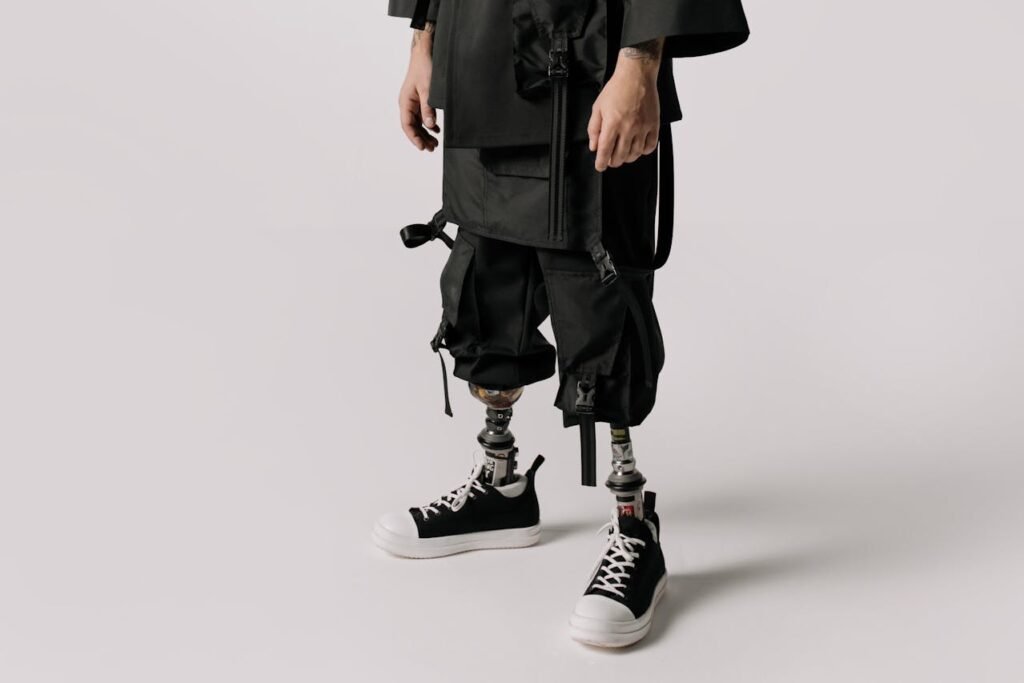
Pingback: Artificial Arms: Empowering Lives with Modern Advancements – Prosthetics Blog